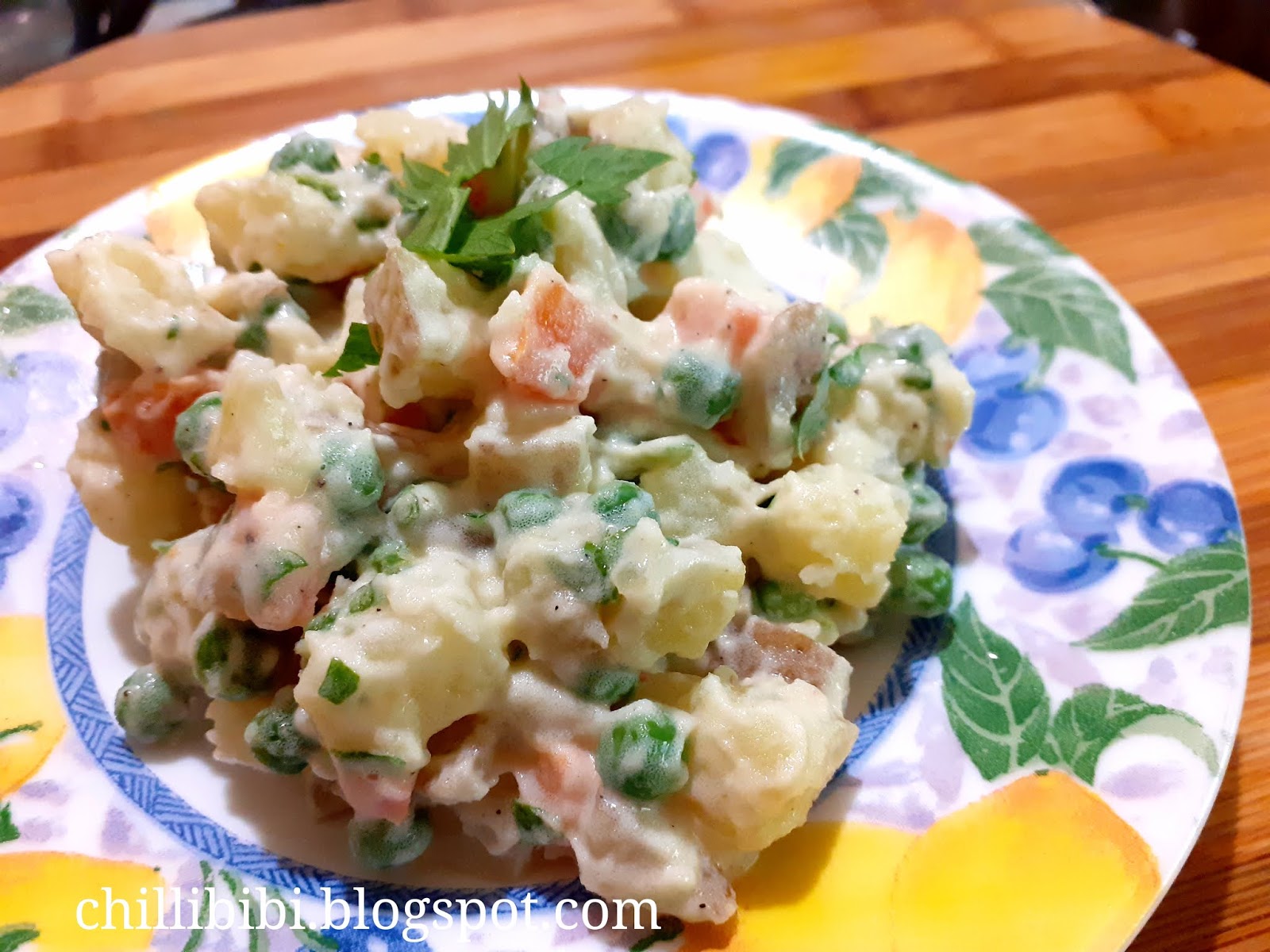Traditional Trinidadian Dhal
I cannot tell you how many times I have eaten Dhal and Rice; this is an indian staple, a nod to my indian origins. Its usually accompanied by a curried vegetable such as bhaji which is a cousin to spinach and a spicy fresh chutney like my coconut chutney or a hot anchar, (a spicy condiment).
Dhal and rice is a traditional sunday lunch in a trinidadian indian household. It was almost a daily meal for my ancestors where meat was an expensive protein and dhal was a cheap and nutritious alternative. Dhal is actually a yellow pulse called split peas. The resulting soupy broth is also called dhal. Dhal can be made from other pulses such as urad dhal, toor dhal, mung dhal etc. But in trinidad, the most popular dhal is made using the yellow split peas pictured below.
The one thing really different about cooking this staple is the cooking process. It was only after watching too many food network cooking shows that I realized how unique this process was. I have never encountered this process in either an cook book, indian or otherwise.
The dhal is boiled with onion and tumeric until soft. Then comes the strange part, oil is heated in a large pot spoon over an open flame and minced garlic, whole geera (cumin) and maithee (fenugreek) seeds added to the oil. The garlic and geera are cooked till they get really black, burnt almost. This hot contents of the pot-spoon are then added to the soupy dhal and the pot is covered as soon as possible to prevent the hot oil from splashing and hurting someone. This process is called chunkaying, and it is used a lot in Trinidadian indian cooking, like in my Bygan Choka. The burning of the garlic is a unique technique, but it adds smokiness and a bitterness that balances the creamy dhal.
Dhal is usually paired with rice, and my favorite type of rice to eat with dhal is basmati rice which you can learn to make in my Basmati Rice post.
Cuisine: Trini Indian
Good for: Lunch
Ingredients
Dhal and rice is a traditional sunday lunch in a trinidadian indian household. It was almost a daily meal for my ancestors where meat was an expensive protein and dhal was a cheap and nutritious alternative. Dhal is actually a yellow pulse called split peas. The resulting soupy broth is also called dhal. Dhal can be made from other pulses such as urad dhal, toor dhal, mung dhal etc. But in trinidad, the most popular dhal is made using the yellow split peas pictured below.
 |
| Yellow Split Peas (Dhal) after it has been rinsed |
The one thing really different about cooking this staple is the cooking process. It was only after watching too many food network cooking shows that I realized how unique this process was. I have never encountered this process in either an cook book, indian or otherwise.
 |
| Chunkaying Process |
The dhal is boiled with onion and tumeric until soft. Then comes the strange part, oil is heated in a large pot spoon over an open flame and minced garlic, whole geera (cumin) and maithee (fenugreek) seeds added to the oil. The garlic and geera are cooked till they get really black, burnt almost. This hot contents of the pot-spoon are then added to the soupy dhal and the pot is covered as soon as possible to prevent the hot oil from splashing and hurting someone. This process is called chunkaying, and it is used a lot in Trinidadian indian cooking, like in my Bygan Choka. The burning of the garlic is a unique technique, but it adds smokiness and a bitterness that balances the creamy dhal.
Dhal is usually paired with rice, and my favorite type of rice to eat with dhal is basmati rice which you can learn to make in my Basmati Rice post.
Traditional Trinidadian Dhal Recipe
Cuisine: Trini Indian
Good for: Lunch
Time: 1½ hour
Serves: 5
Skill: Easy
Suitable: Vegetarian, Vegan
Ingredients
2 garlic cloves chopped
1 tsp geera seeds (cumin)
½ tsp maithee seeds (fenugreek)
1 tsp salt
3tb oil
1 tsp salt
3tb oil
Procedure
- Soak dhal overnight or for a few hours.
- Place in a pot with water about a few inches above the dhal. Add tumeric and boil for 45mins to 1 hour till soft
- Heat garlic, geera (cumin), maithee (fenugreek) in a pot spoon with oil.
- Cook till they are black.
- Add carefully to pot of dhal, covering immediately to protect yourself from the oil splattering.
© Chillibibi Food Blog All Rights Reserved




NIce
ReplyDelete